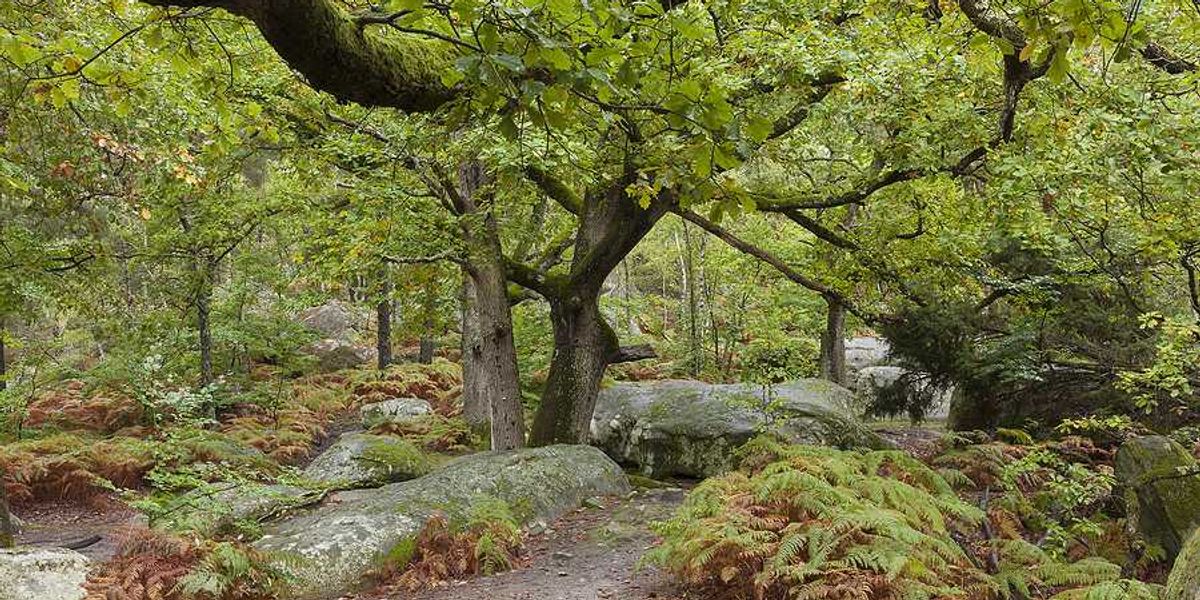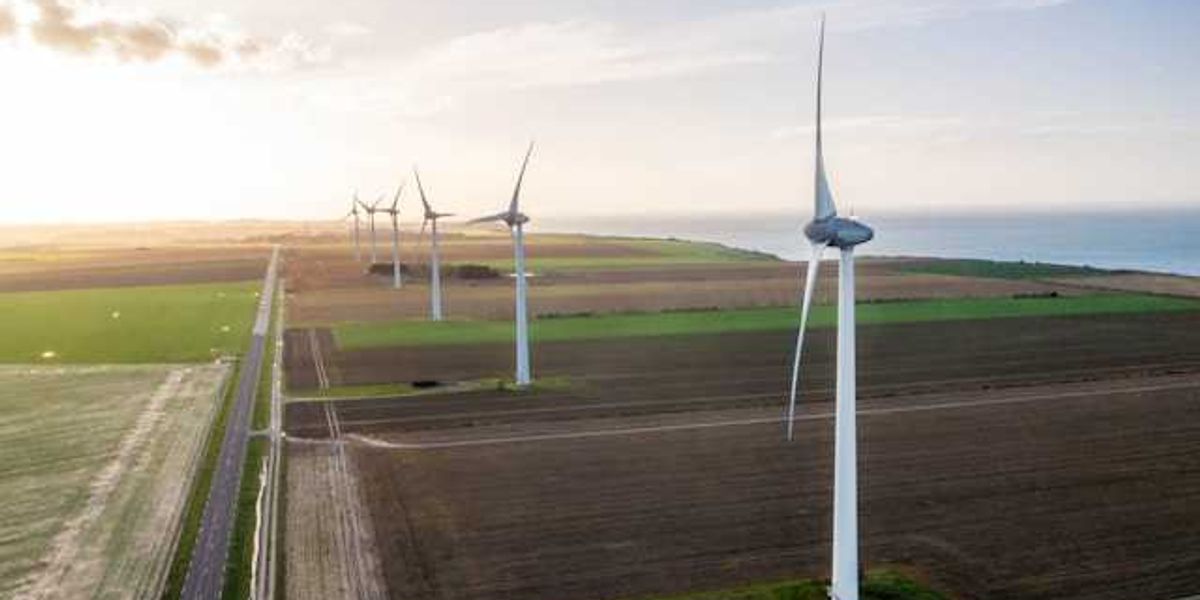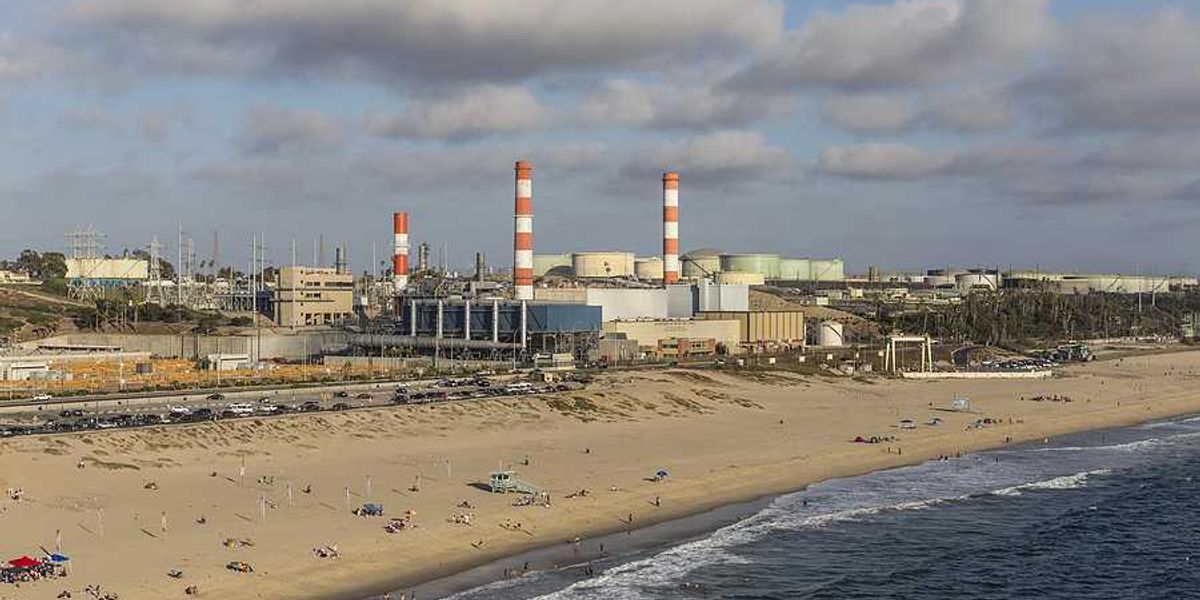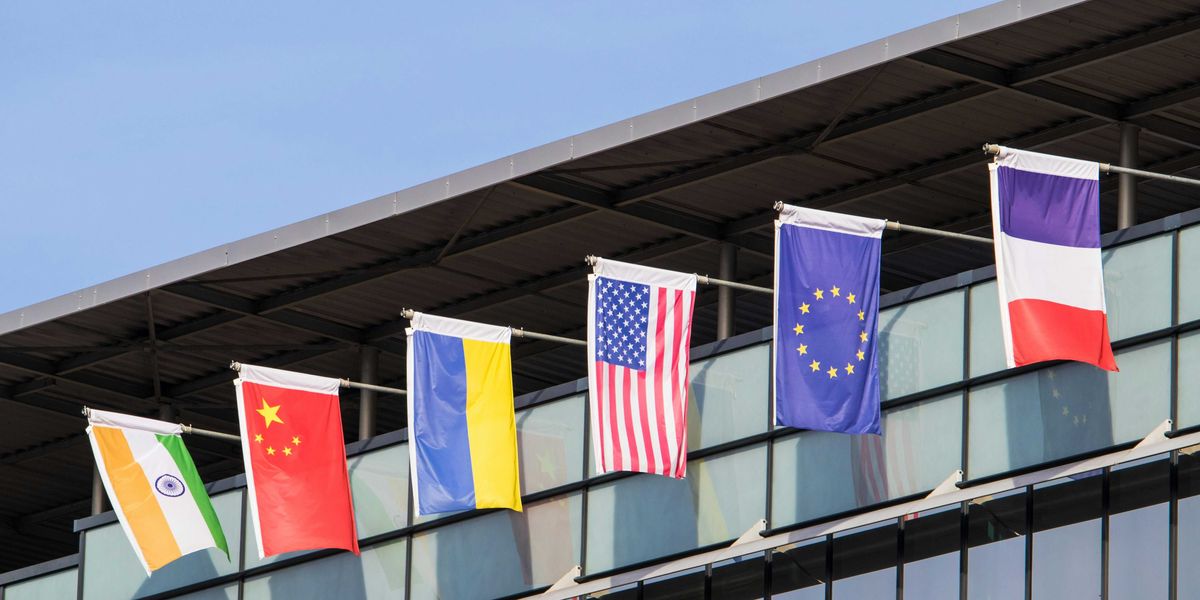New York neighbors turn pandemic streets into permanent green sanctuary
A 1.3-mile stretch of Jackson Heights was once just traffic and noise — now it's a thriving public park reimagined by the community that needed it most.
Claire Elise Thompson reports for Grist.
In short:
- During the pandemic, 34th Avenue in Queens was closed to cars, quickly transforming into a beloved gathering place called Paseo Park in a neighborhood long starved of green space.
- Community groups like Alliance for Paseo Park led the charge for a permanent redesign, collecting feedback from neighbors — including schoolkids — and securing $90 million in city funds.
- The resulting plan prioritizes climate resilience, safety, and shared use while balancing local concerns, such as access for emergency vehicles and tension over parking.
Key quote:
“We’re showing the community, we’re showing the city, we’re showing the state, we’re showing the world that it can be done.”
— Luz Maria Mercado, board chair, Alliance for Paseo Park
Why this matters:
Paseo Park is proof that communities can reclaim urban space for clean air, play, and connection — and that pandemic innovations can seed lasting change. What used to be a mile and a quarter of traffic became a lifeline: open air for schoolkids, space for elders to stroll, a running track, and a commons for a community craving connection. In an era of rising temperatures and loneliness, Paseo Park could be a participatory model for other communities to adapt to bolster public health and wellbeing.
Read more: The Ohio River community of Newport bands together to slow runoff and add greenspace













